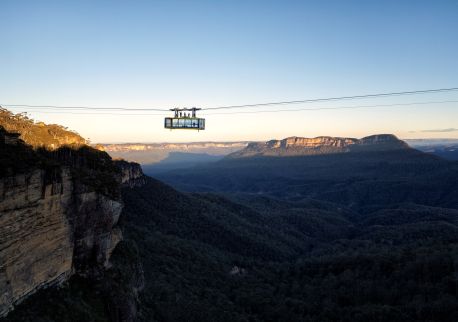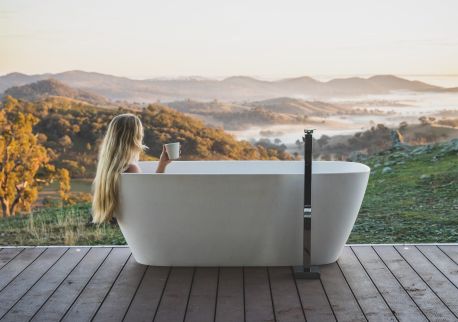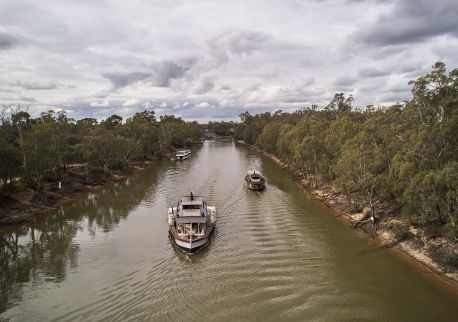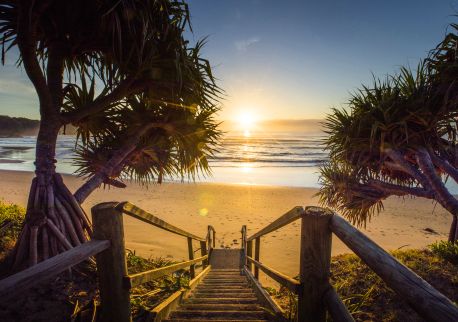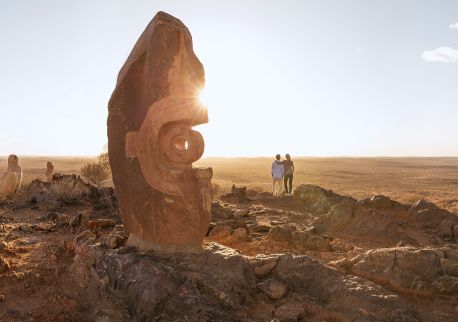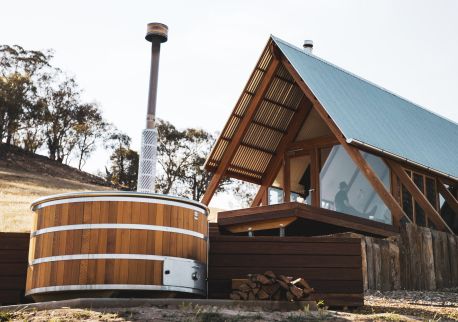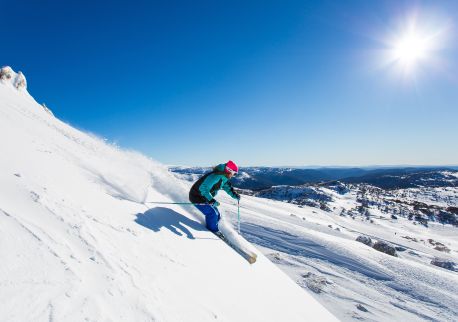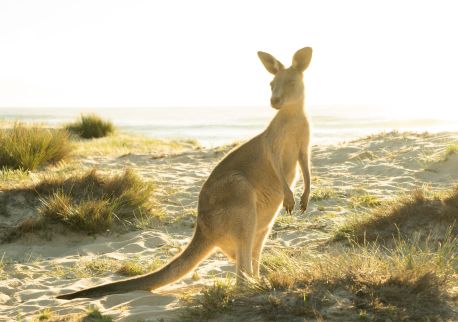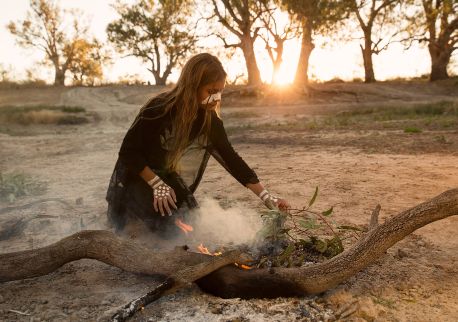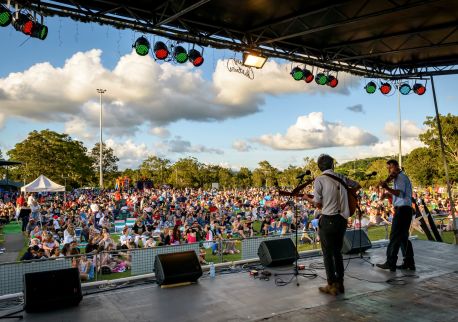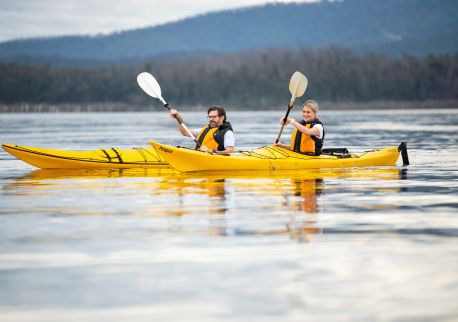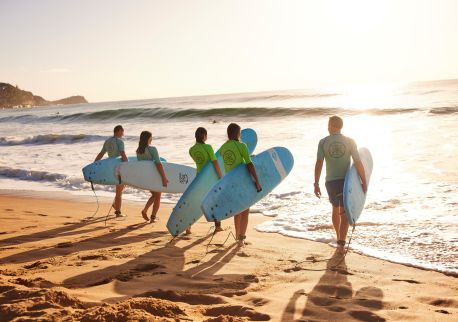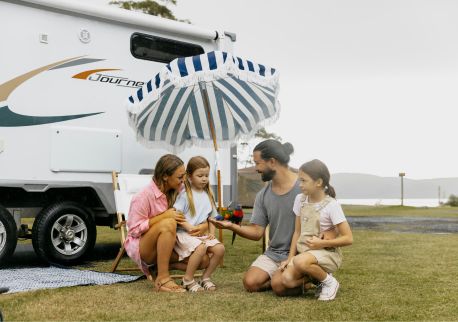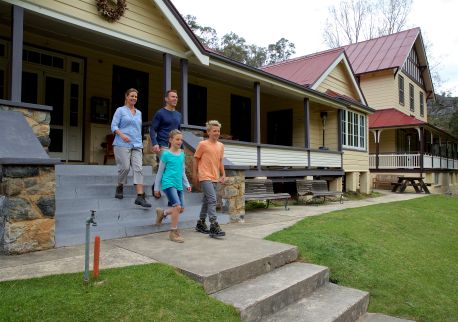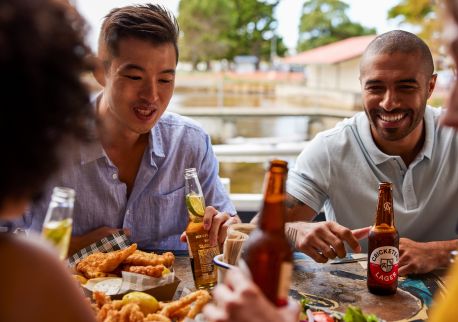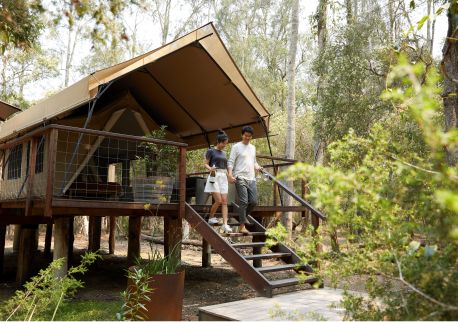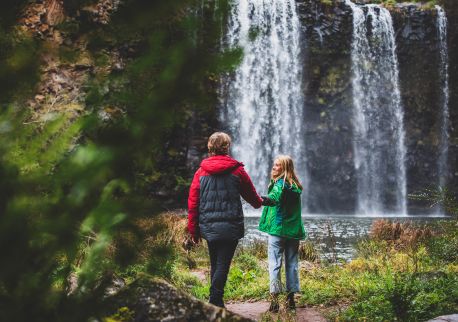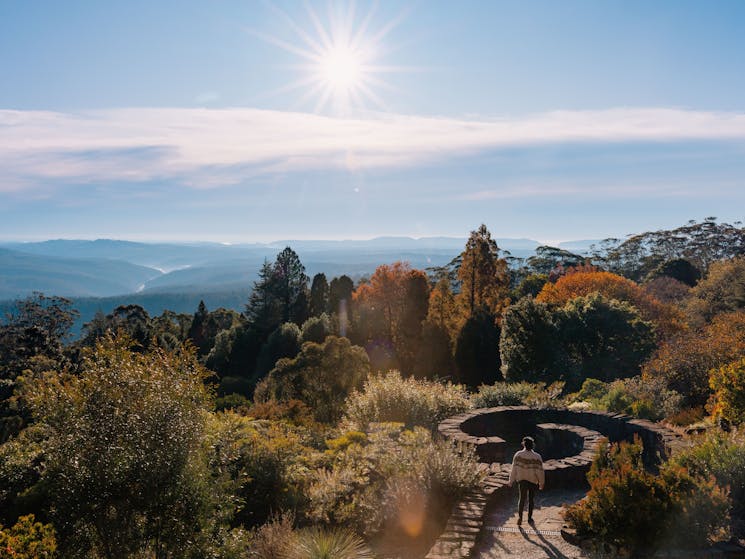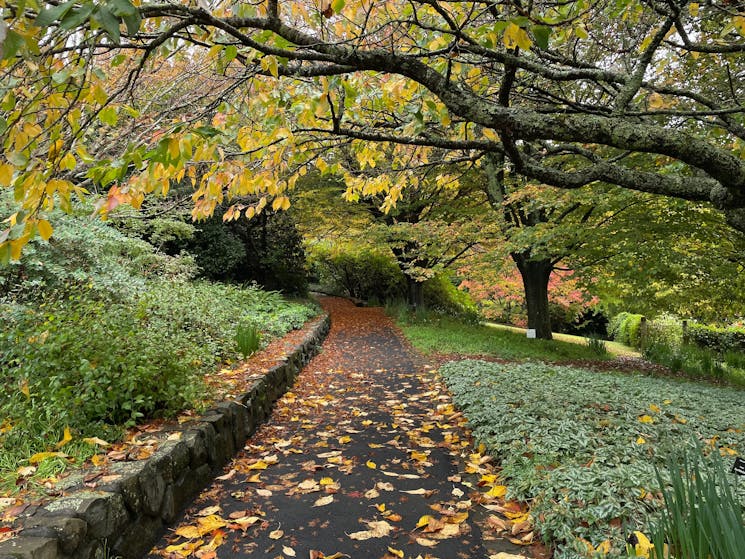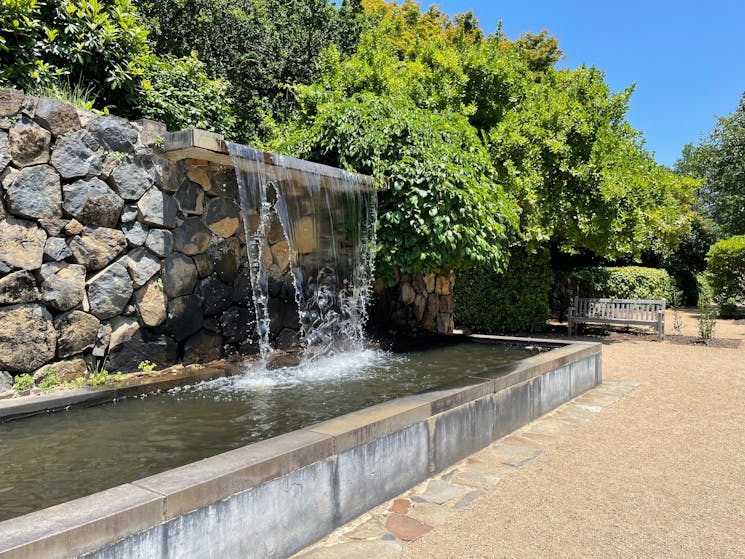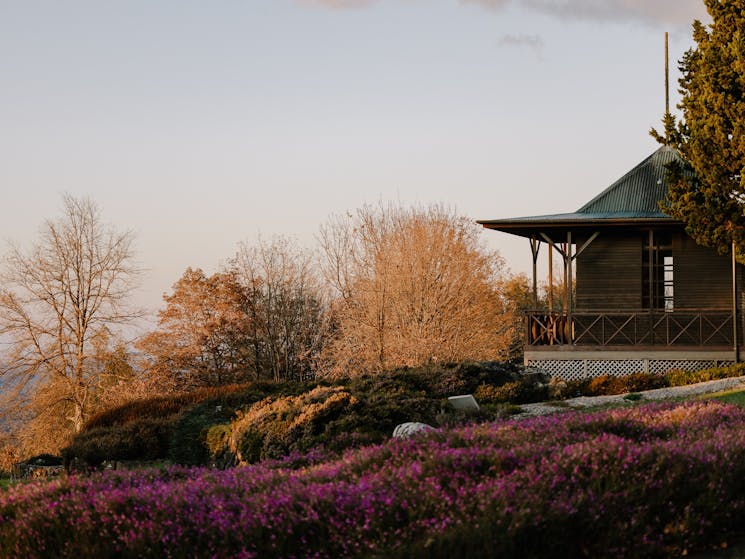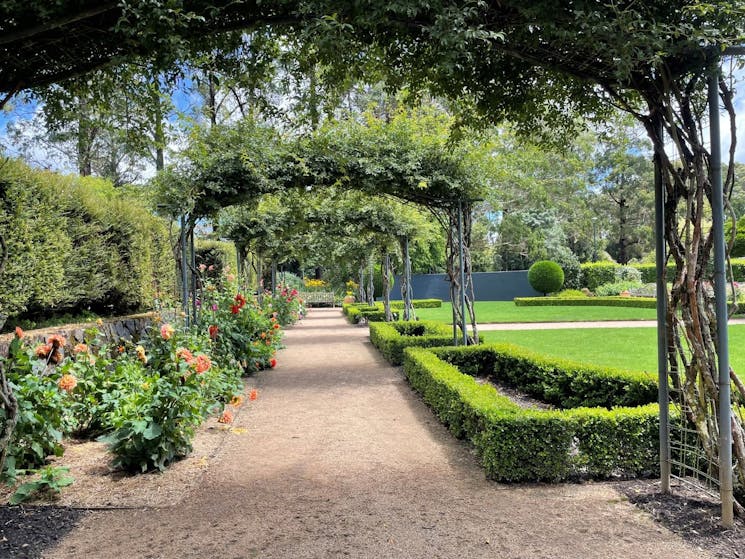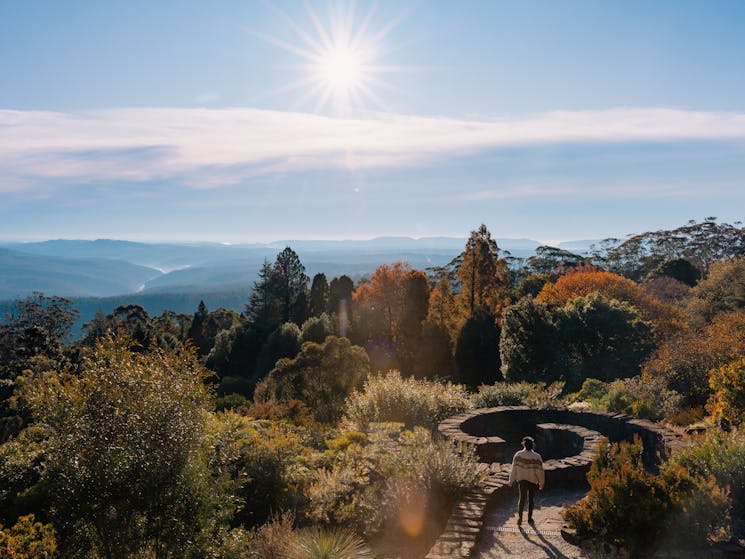Blue Mountains Botanic Garden Mount Tomah
Highlights
Set in a UNESCO World Heritage-listed Blue Mountains location
Rare plants, seasonal colour and panoramic mountain views
Overview
At 1,000 metres above sea level, the Blue Mountains Botanic Garden Mount Tomah is the highest Botanic Garden in the southern hemisphere and is the only Botanic Garden in Australia located in a UNESCO World Heritage Area. The Garden displays a spectacular cool climate collection of the Botanic Gardens of Sydney, with thousands of plants from the southern hemisphere and around the world.
Located in the Blue Mountains just 90 minutes from Sydney, you can discover the different areas of the Garden on pathways designed for wandering, exploring and engaging with these tranquil spaces. Featuring many rare species including the Wollemi pine, enjoy seasonal colour, basalt cap forests, remnant rainforest and stunning panoramic views.
Facilities include the visitors centre, accessible amenities, cafe, conference/venue hire, picnic areas, free guided tours, bus parking, workshops and events. Entry is free to the Garden.

